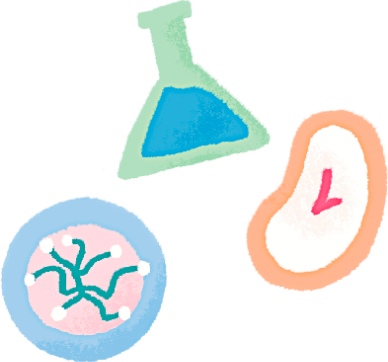Type Of Media:学術論文
Publication/Magazine/Media:NMR in Biomedicine
Author:R. K. Parajuli, H. Sano, M. Ueno, S. Gao, S. Suzuki, A. Sumiyoshi, K. Osada, T. Obata, I. Aoki and K. Matsumoto
Quantification of Oxygenation and Oxygen Consumption Rates in the Mouse Brain Based on Tissue Oxygen Level-Dependent (TOLD) MRI
Summary:
A noninvasive method to estimate oxygenation and oxygen (O2) consumption rates in mouse brain tissue based on T1-weighted tissue oxygen level-dependent (TOLD) MRI was developed. The aim of the present study was to estimate the kinetics of O2 in tissue in order to facilitate the planning of radiation therapy. The relationship between the proton T1 relaxation rate and O2 concentrations was examined in water and corn oil samples, which are models of the aqueous and lipidic phases of cell components. T1 maps of the mouse brain were obtained under breathing high oxygen concentration gas, carbogen (95% O2 + 5% CO2), or 100% O2, and shifts in the concentration of O2 from the physiological state in the brain were then estimated. Pseudo-TOLD signals in blood samples, hemoglobin, and myoglobin aqueous solutions under oxygenation were measured to examine the effects of heme iron on T1. O2 metabolism in mouse brains was evaluated by the enhancement/diminishment rates of the TOLD signal when the breathing gas was switched from air to carbogen or 100% O2 and when it was switched back to air. Carbogen or 100% O2 inhalation increased cortical O2 levels by 0.28 or 0.26 mmol/L, respectively. By analyzing the time course profile of the TOLD signal, the oxygenation rate, oxygenation level, and O2 consumption rate were successfully estimated. TOLD MRI has potential as a useful tool to estimate the quantitative indices of oxygenation and O2 consumption rates in brain tissue.
https://doi.org/10.1002/nbm.70104

